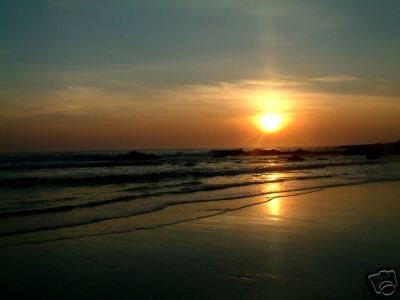I am a member of Uist arts association for both my art work and my jewellery https://uistarts.org/
My art work is about identity and the Natural Environment.
I am interested in how people come to identify with the natural environment and how such identification in turn affects behaviour.
Socially, I would like to encourage people out into the landscape, to learn to love it and respect it, helping change attitudes about the environment, creating positive memories for people of all ages.
While I was studying as a student for my art degree in Taigh Chearsabhagh museum and arts centre I researched the area around Lochmaddy as I was very interested in the landscape around me, and immersed myself in it. This is the place I studied in for a few years:
Taigh Chearsabhagh is a fantastic place to come to study art, and we have students from all over the world come here to study, as well as artists who come here for residencies, and to have exhibitions here. I made some life long friends while I was an art student in lochmaddy. we went through some hard times and some good times together.
If you are a student, here is a recipe for some bread pudding which has been passed down in my dad’s family and which I used to make when we were students:
Bread pudding
225g (8oz) Stale Bread 110g (4oz) Currants, Raisins or Sultanas 50g (2oz) Brown Sugar 50g (2oz) Butter ½ tsp Mixed Spice 1 Egg Milk Pre-heat oven to 170°C: 325°F: Gas 3 Break bread into small pieces; soak in cold water at least 1 hour Strain and squeeze out as dry as possible. Place into a basin and mash with a fork. Add the dried fruit, sugar, mixed peel and mixed spice, mixing well. Add the egg and enough milk to enable the mixture to drop easily from a spoon. Place into a greased baking tin. Bake for about an hour or until slightly firm to the touch. When done turn out on to a hot dish. Turn out dredge with sugar and serve hot with custard or allow to cool.
I became interested in the dark pools and lochs of the moors around the area of lochmaddy where we used to go to have art lessons in the landscape. No-one knows how deep these pools are. They look fathomless. Some of the pools actually have islands in the middle of them, and I always wanted to be able to get across to these islands. When I tried the though, the water was too deep. I knew it would be too dangerous, even though it was tempting to try. The pools look like mirrors in the sunshine, reflecting whatever looks into them. But when it gets darker there is a sense of foreboding. Deep down they may be a threat. The water is brackish, which means that there is a small amount of salt in it. This is because we are so near the sea and the water table levels rise and fall so swiftly with the amount of rainfall and the tidal changes. Some very rare plants live in some of these pools, or lagoons which will be lost forever if they get completely flooded as the salt levels will be changed beyond the levels they can survive in:
“loch nam Madadh (Loch Maddy, North Uist, Outer Hebrides) Loch nam Madadh lagoons form the most extensive and diverse saline lagoon system in the UK, consisting of 10 lagoons, interconnected with freshwater lochans and the fjardic sea loch of Loch nam Madadh itself. There is a wide range of types from large, complex lagoons with several sills and basins, to single shallow lagoons, encompassing the full transition of salinity from freshwater to fully marine conditions. Rock bound silled lagoons in Europe are virtually restricted to the Outer Hebrides in Scotland. Most basins are floored with soft peaty mud, with boulders and cobbles, especially around the margins. At the entrances to some of the lagoons there are tidal rock and boulder waterfalls, or rock and coarse sediment rapids, or percolation barriers. There are beds of dwarf eelgrass Zostera noltii, small patches of Zostera marina and large quantities of the scarce green alga Cladophora battersii, and the scarce stonewort Lamprothamnium papulosum. Tidal rapids have kelps, calcareous maerl algae, and sea oak Halidrys siliquosa with rich epiphytic growths of sponges, ascidians and anemones.”
At this time, we studied photography as part of our course, and while in the darkroom I also discovered how to make photograms, which is like painting with light, in a dark-room, or a completely dark place. A photogram is when you place something for example your hand under an enlarger in a dark room and make an image on photographic paper. (I even made photograms in the sea with a torch and made an exhibition of them.) I collected items from the landscape as well, and some of these items were dead birds. I even made photograms of some of them. Here is one of a dead bird which I made:

Some of my early photographs of the dark pools and photogram’s of dead birds which were found in the area where later turned into paintings for my 3rd year which I studied in Moray College in Elgin.
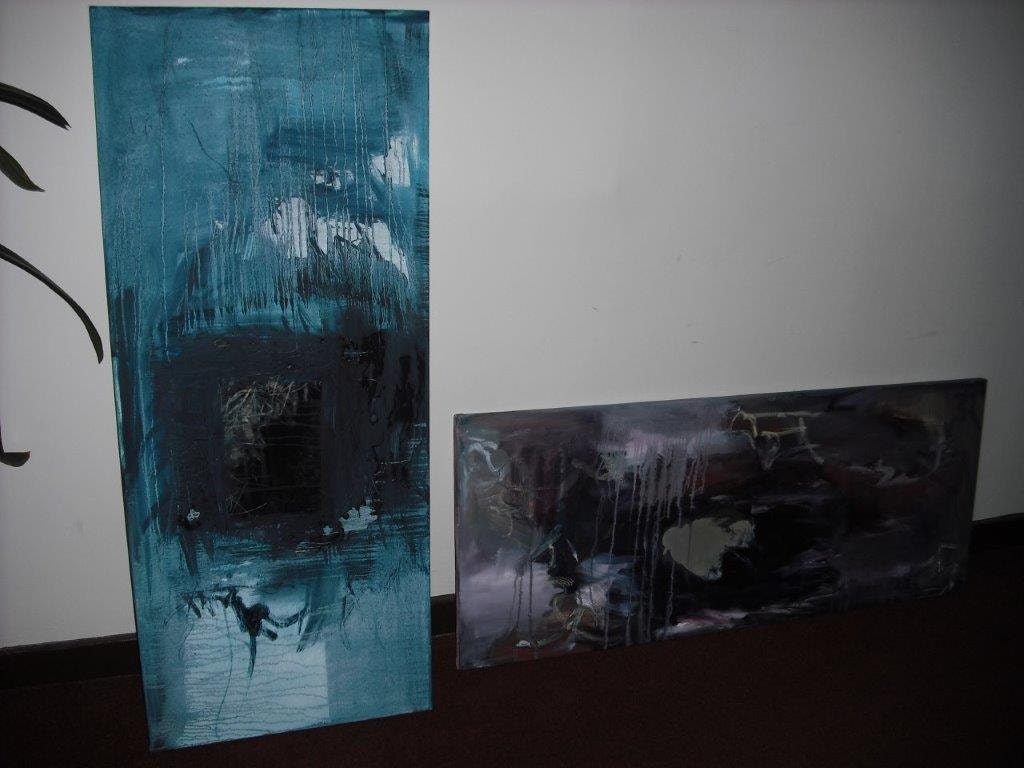
As I am also interested in fishing, this area is interesting around these brackish pools and lochs as there are trout and salmon in them. This is me with my big catch of a salmon and a trout:
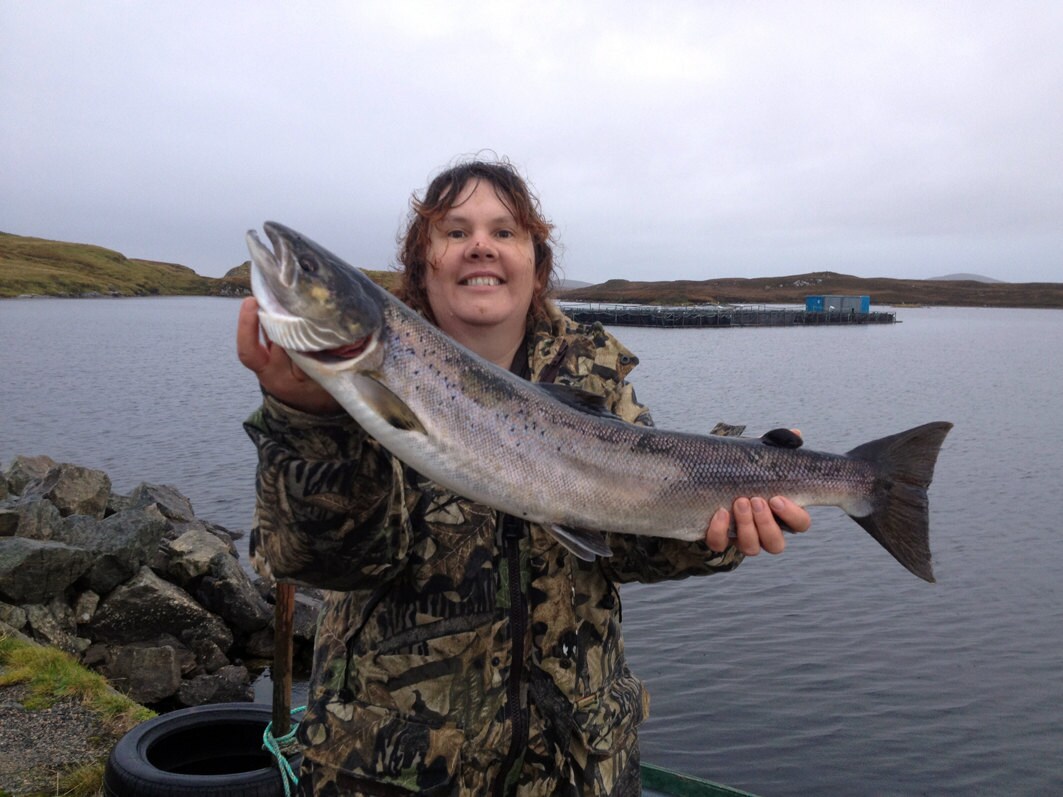
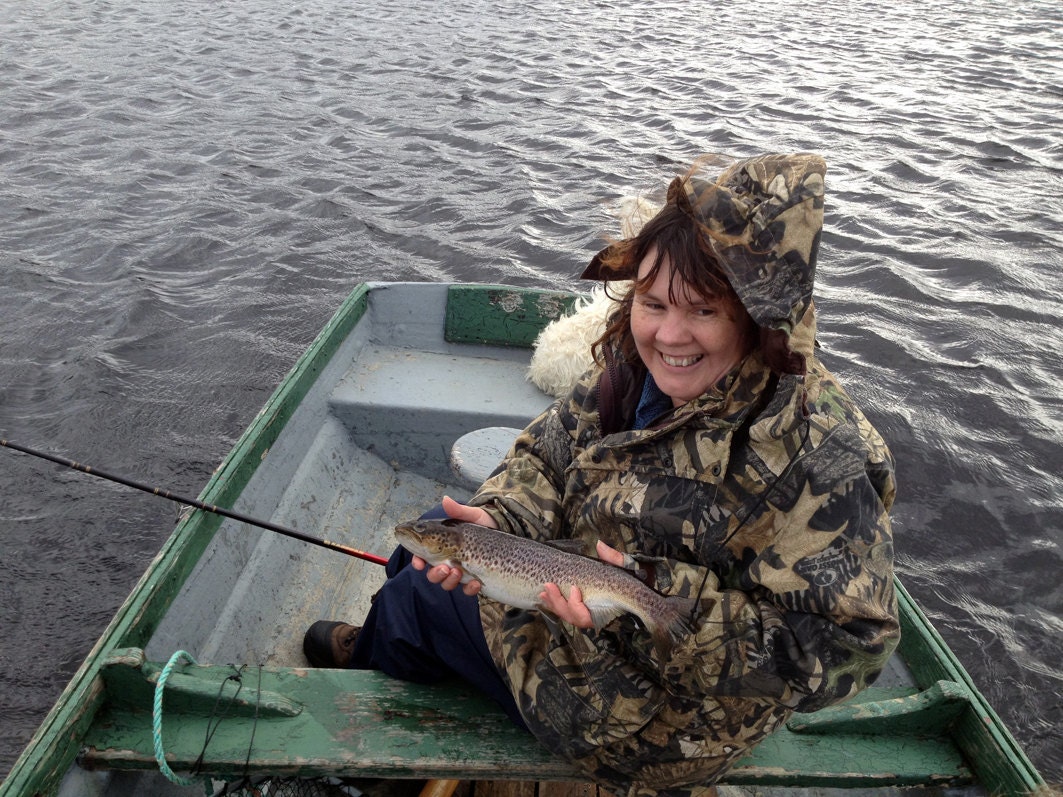
I found a few very old trees which grew right beside these lochs, and seemed to be so out of place here. Sometimes I have this same feeling although I love where I live, and the people, I just feel as if I was placed out of my comfort zone. One of my first art performances out in the landscape was my way of dealing with these personal issues. I was not only researching the area around me, but also my family history and family tree. I found out that my grandfather was born in the poor house in London, and was devastated about the news. My response was to place my collection of rainforest beetles onto one of these old trees in lochmaddy and pin them there with very large pins, showing that they were creatures with their own beauty, but alien to where they were placed, and unable to escape, even should they choose to, though they would probably choose to stay.
During these years of studying art, I was also most happy when I was making jewellery, and I remember one day, my tutor found me making a gemstone watch, out of silver and turquoise during our 2nd year at TC, which was self led. I was explaining to her that I was stressed, and trying to come up with creative ideas for my art portfolio, and needed to make some jewellery to de stress. I don’t think she understood, as she asked me not to do it again during class. Here are some of my jewellery designs that I made at that time when I was studying for my art degree:
Abalone and turquoise gold vermeil earrings:
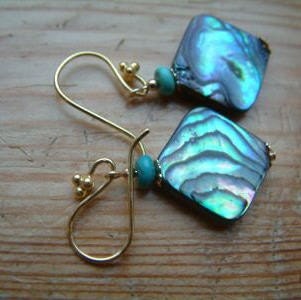
Iolite and moonstone gold vermeil necklace:
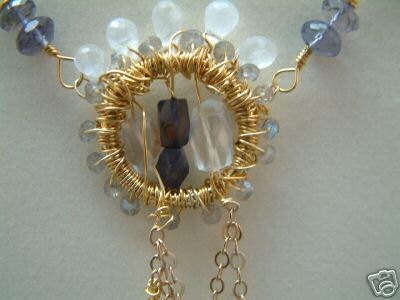

Blue peruvian opal and pearl Thai Karen silver necklace:
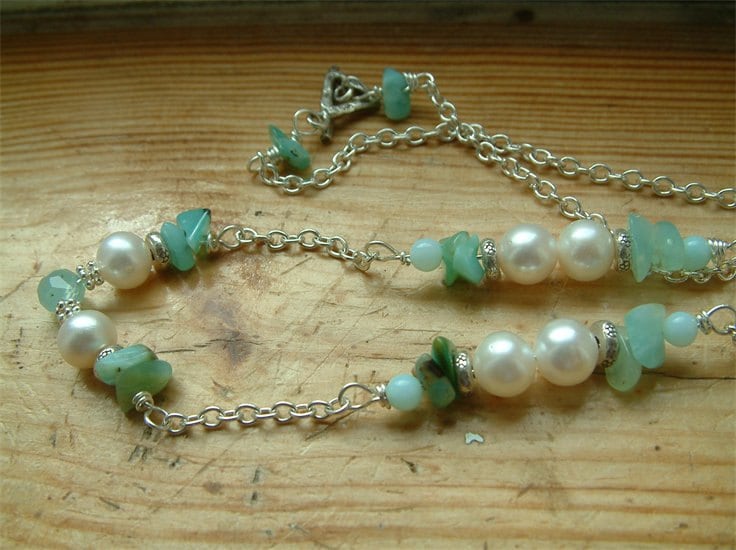
pink frangia coral gold vermeil earrings
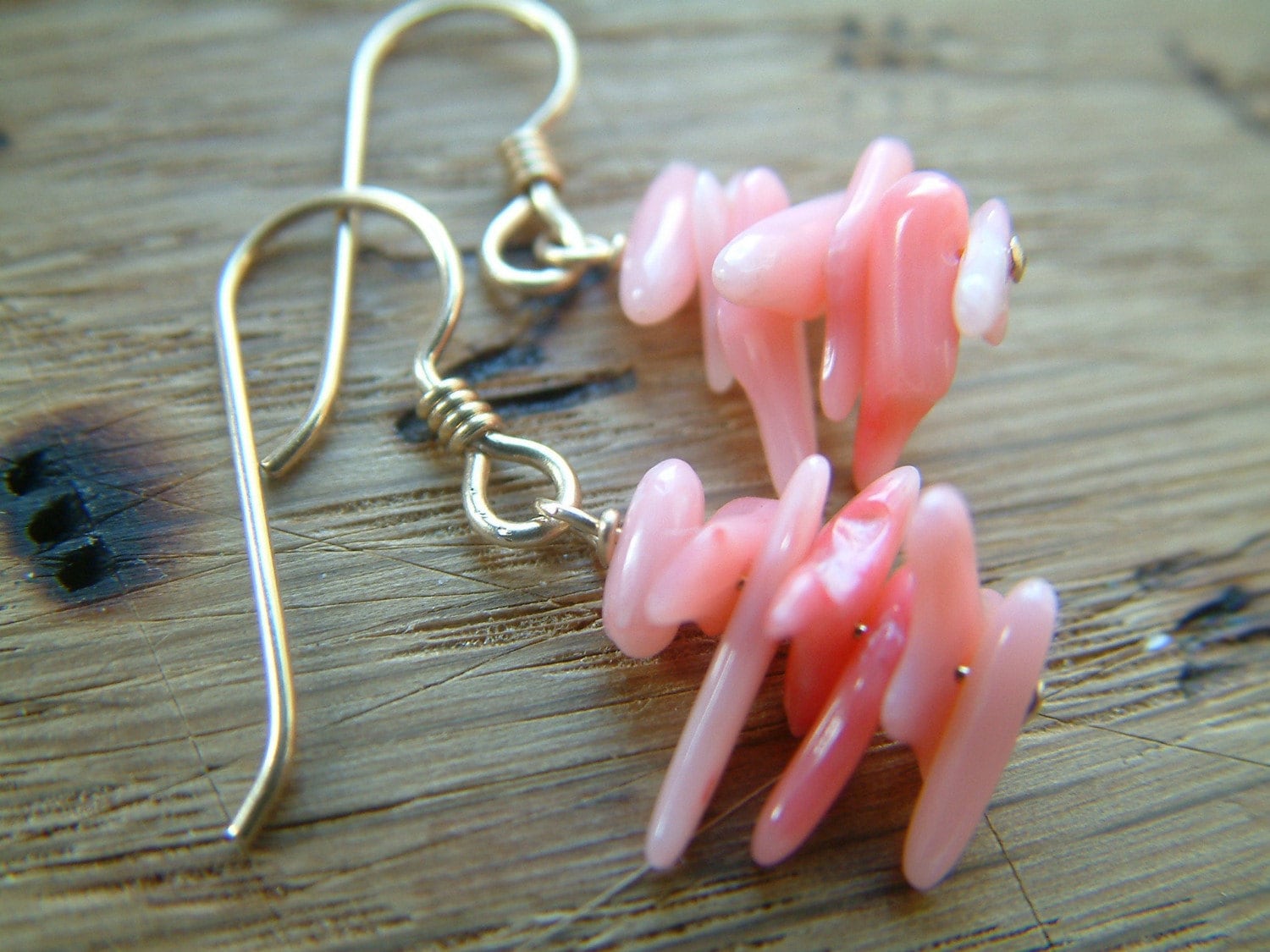
red frangia coral silver earrings
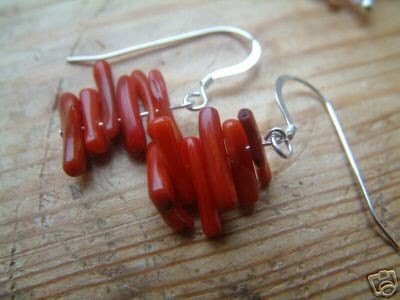
opal and pearl necklace
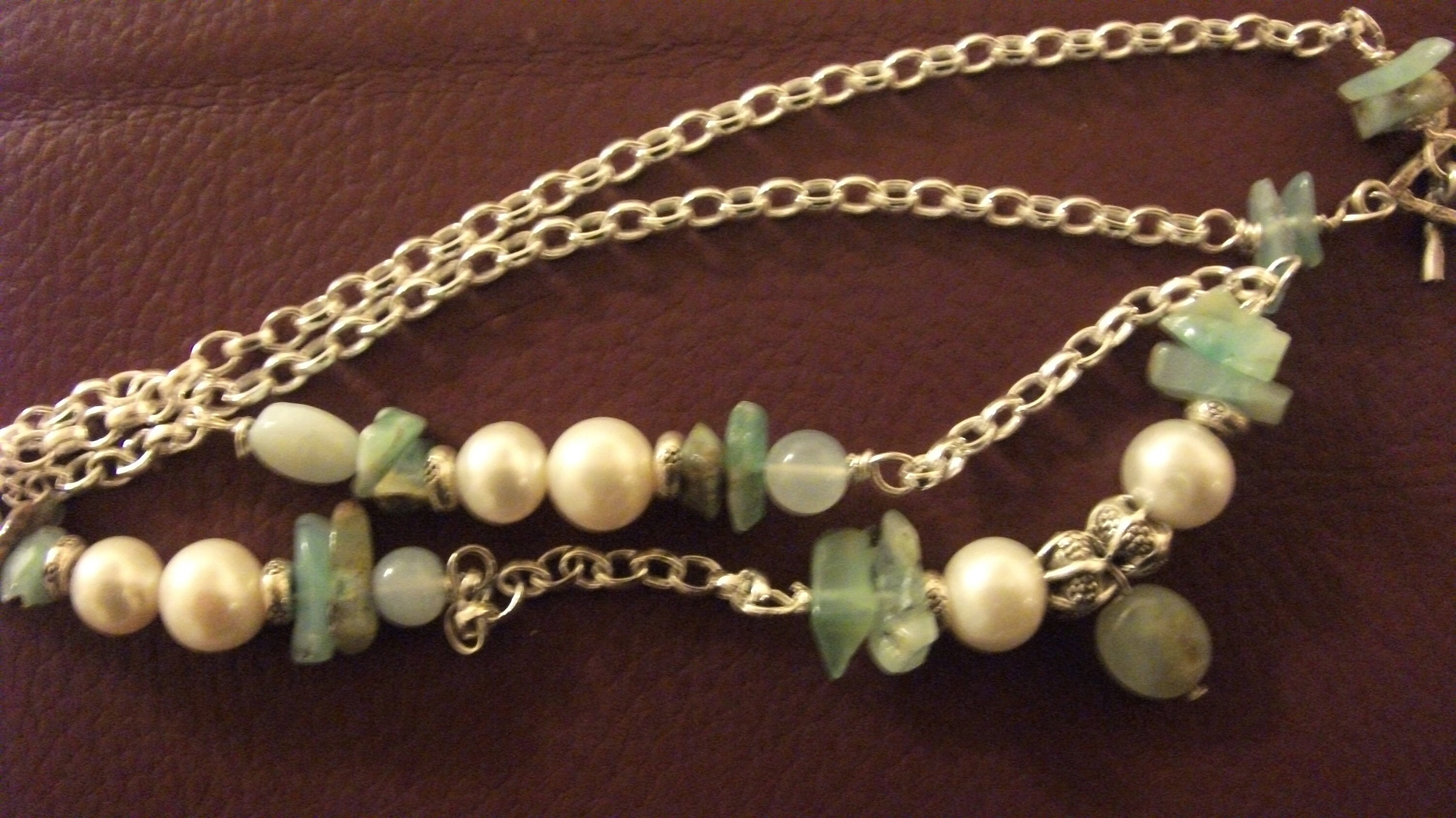
All of those years, I continued to make photograms of dead birds and other animals I have found in the landscape, plus photograms of myself. Here is one where I combined these two: it is another cyanotype self portrait.
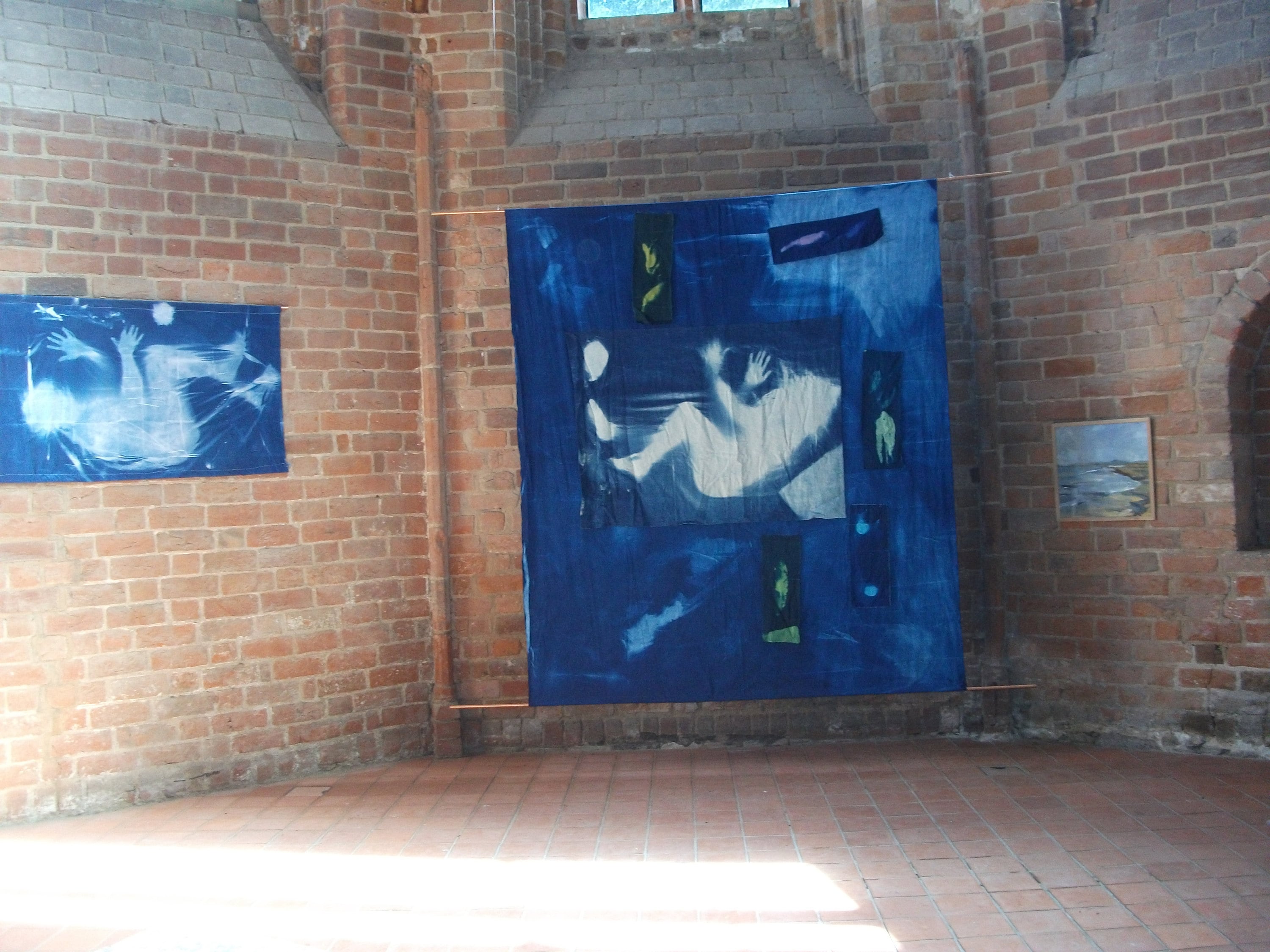
This one was made in Benbecula and Germany during an artists residency last year that myself and some other artists from Uist went on. I lay down on the sheet of cyanotype coated cotton with lots of dead birds around me on the pavement outside my house while the sun made the image on the sheet.
While doing this, my neighbour came rushing out to find out if I was ok! again I was a bit embarrassed.
Cyanotypes or blue prints are one of the first types of photography discovered by Sir John Herschel. Anna Atkins who is sometimes considered the first female photographer created a series of cyanotype books that documented ferns and seaweeds, placing specimens directly onto coated paper and allowing the action of light to create a silhouette effect. Here is a recipe for making your own cyanotype solution which you can coat onto paper or cloth to make blue prints:
What you need
Before you start, get all the items you need together. · 25 grams of Ferric ammonium citrate (green) · 10 grams of Potassium ferricyanide · Water (distilled if possible) · Scale or measuring spoons · Measuring jug · 3 glass containers for mixing ingredients · Plastic spoons · Face mask (DIY style) · Goggles · Rubber gloves · Apron or old shirt · Newspaper to cover work surface · Cleaning cloth · Brushes or coating rod · Clothes pegs (plastic) · Washing line or rope (plastic) · Art paper or fabric for coating · Glass or a contact print frame · Sunshine or a UV light source
Mixing chemicalsCyanotype is a very simple process. It involves treating a surface with iron salts that reacts to UV light. Wear a face mask and rubber gloves when working with chemicals. In this case, Ammonium ferric citrate and Potassium ferricyanide. Two separate solutions are made and then equal quantities of each solution is mixed together in a third container.
The formula
This recipe makes approximately 50 8×10 inch prints. The cyanotype is made up of two simple solutions: · Solution A: 25 grams Ferric ammonium citrate (green) and 100 ml. water. · Solution B: 10 grams Potassium ferricyanide and 100 ml. water. 1Mixing the chemicals Dissolve the chemicals in water to make two separate solutions. Add Ammonium ferric citrate to water into one container and Potassium ferricyanide to water in another. Stir with a plastic spoon until the chemicals dissolve. Mix equal quantities of each solution together in a third container. Unused solutions can be stored separately in brown bottles away from light, but will not last very long once they have been mixed. Dispose of any unused chemicals in a sensible and environmentally friendly way!
